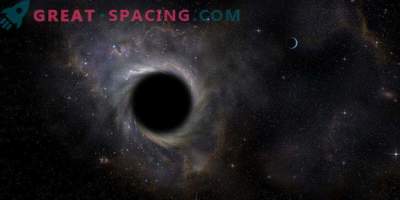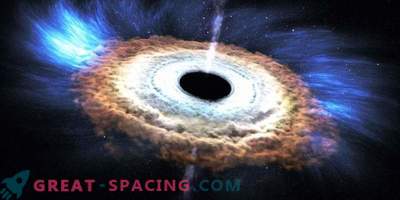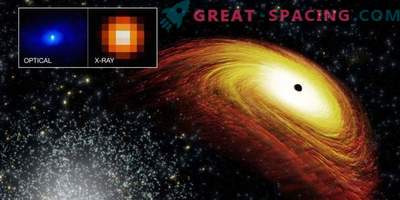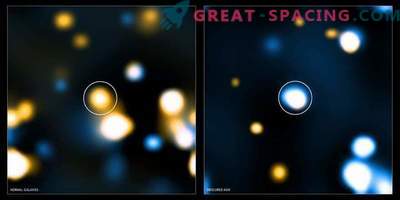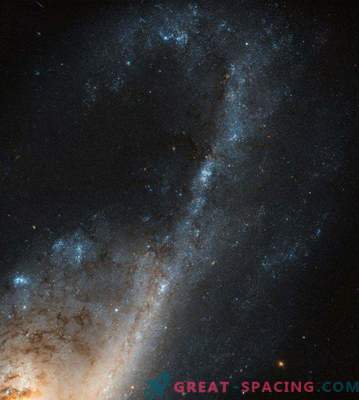
Researchers at the Massachusetts Institute of Technology (MIT) have discovered a new open galactic cluster, hiding literally in plain sight. It is 2.4 billion light-years distant from us and is represented by hundreds of individual galaxies surrounding an extremely active supermassive black hole or quasar.
The central quasar PKS1353-341 is incredibly bright and has been observed by scientists for many decades. At that time it was believed that he was completely alone and located in the center of a single galaxy. But the new data indicates that the light of the quasar is so bright that he managed to hide the surrounding galaxies. The aggregate of galaxies in a cluster of massiveness reaches approximately 690 trillion suns. For comparison, the massiveness of the Milky Way is 400 billion suns.
The team also calculated that the central quasar is about 46 billion times brighter than the sun. Most likely, the high luminosity is due to temporary feeding: pieces of matter fall into a black hole and cause its activity. The discovery of such a cluster indicates the possibility of the existence of other similar galactic clusters hidden behind incredibly bright objects. Therefore, researchers conduct a more thorough search in order to understand how much matter exists in the Universe and how quickly space expands.
Mistake or luck
In 2012, scientists found the Phoenix Cluster - one of the most massive and brightest galactic clusters in space. Of course, the scientific community could not understand how such an object could have been missed before. But the problem is that there was a biased idea of how the cluster should look like.
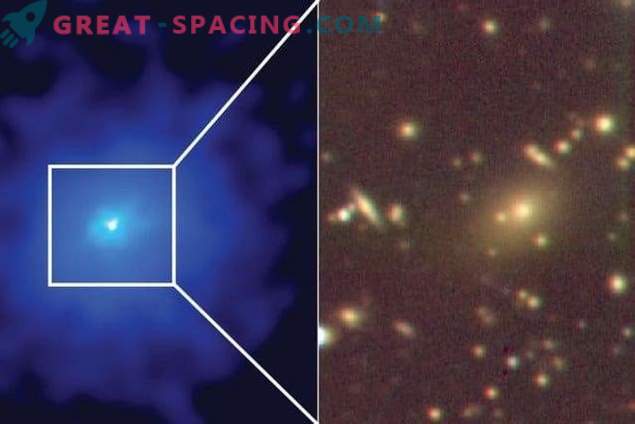
The X-ray image (in blue) with an increase in the optical frame (gold and brown) shows the central galaxy of a hidden cluster in which the supermassive black hole is hiding
Astronomers have always believed that clusters should appear “fluffy”, producing an extremely diffuse signal in the X-ray range, in contrast to the brighter point sources, taken as active quasars or black holes. But the discovery of the Phoenix proved that galactic clusters can be mistaken for extremely active black holes. Therefore, it became necessary to revise the data.
Extreme Absorption
To understand the problem, the researchers created a CHiPS survey, designed to re-evaluate the X-ray images taken earlier. For each identified source, scientists noted the coordinates, and then studied in detail using the Magellan telescope - a powerful optical device in Chile. If there were more galaxies around the source than expected, then the Chandra X-ray Observatory was connected to the survey. Approximately 90% of the sources were not clusters. However, there are interesting moments. CHiPS has confirmed that one new galactic cluster places an extremely active central black hole. Its brightness can be related to the volume of its power. It is a thousand times brighter than a typical central black hole, so it can be said that it is extreme in feeding. It is not clear how long this will last, but studying the process will make it clear whether this is strange or an important process for the Universe.
If CHiPS finds other lost clusters, it will be possible to determine the specific accretion rate onto the black hole, where it switches from generating radiation to generating mechanical energy. Also, finding more galactic clusters will help assess how quickly space expands.

